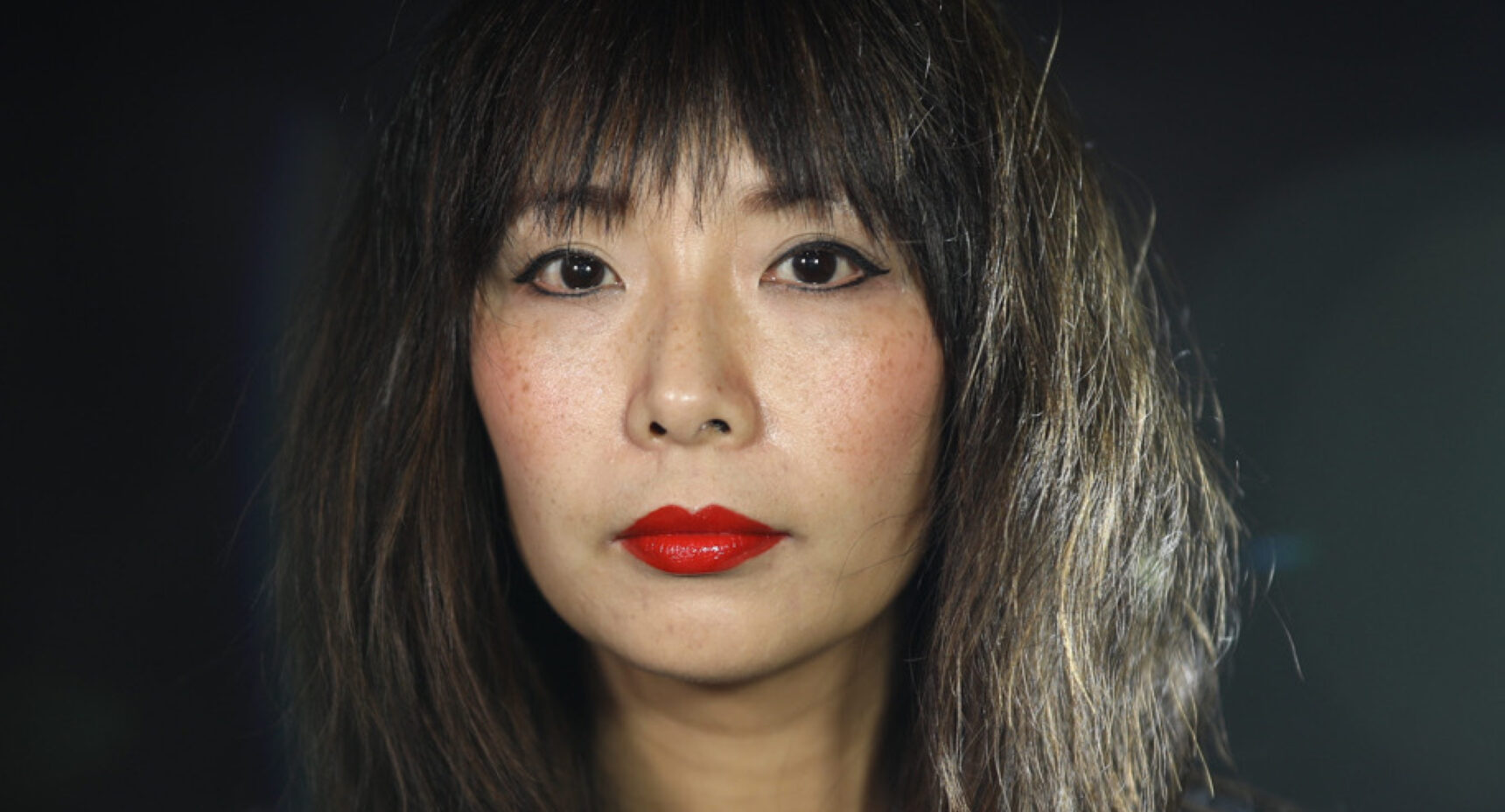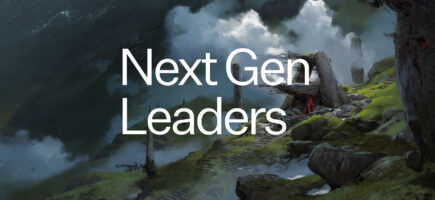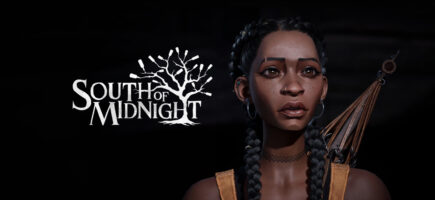DEI in Art Direction: Developing an Inclusive Visual Language for Video Games

The most popular articles
Op-Ed by Melissa Lee, the CEO of Massive Black
DEI reinforces different perspectives and experiences that represent the needs and desires of all kinds of stakeholders. Whether you’re an artist and developer, gamer or manager — addressing requirements and representing diverse backgrounds is an important part of working in this industry today.
Designing and implementing an inclusive visual language for the game industry is a challenge, but when executed correctly, the result can be a truly immersive video game experience that everyone can enjoy, regardless of their background, identity, or experience. In a way, DEI initiatives can lead to a more authentic expression of modern artistic vision. But while DEI in video games is fairly recent, is the industry truly changing?
DEI and the modern-day gaming industry
For far too long, the video game industry has been dominated by a homogeneous group of predominantly white men. There has been little opportunity for female, LGBTQ+, and BIPOC artists to express themselves, or managers to hold influential positions, and few opportunities for gamers to see themselves represented in games they play. Even when given an opportunity, the reception is often less than warm / welcoming. This attitude pushed under-represented groups to avoid gaming, amplifying the common belief that the game industry does not care about or identify with them.
Thankfully, there are sure signs of long overdue improvement concerning DEI-related issues. Much to everyone’s chagrin, the process of change does not happen overnight. The percentage of BIPOC developers increased twice during the last 16 years, according to The Washington Post. Exciting, right? Sadly, it only increased the overall percentage to 4% as of 2021. According to the 2022 Entertainment Software Association (ESA) report, women make up roughly half of gamers in the United States, yet only 24% of developers identify as female.
Still, there have been some positive changes over the last several years. We can thank social movements such as BLM and #MeToo for helping to move the needle. Game developers are moving toward becoming more inclusive, ever so slowly, with baby steps. However, it’s critical to continue incorporating DEI practices in the industry — in hiring practices, character development, and visual style creation.
Continuing to improve upon the growing diversity of the games industry is vital. As Sandhya Devanathan, VP APAC Global Gaming at Meta, said to CNBC, “It is not just a social imperative, it’s an economic imperative.” 2.7 billion gamers worldwide have mightily contributed to the industry’s massive value, which is greater than that of both the film and music business combined. We owe it to our players to create games that represent our multi-faceted, multicultural world. Not only is it a more accurate reflection of our society, developers and publishers would have the added benefit of attracting new players and increasing engagement. Win-win.
DEI and representation in storytelling
Story should always drive content forward. It dictates the creation of characters, environment, objects, and visual effects. It is essential that DEI fits the purpose of storytelling and enhances its different components, enriching the experience.
If we consider fictional universes; like Star Wars or The Lord of the Rings, both franchises have made huge efforts to rethink casting to be more inclusive. Unfortunately, they have been met with backlash, thinly disguised as story problems… We’re talking about spaceships, droids, dragons, and wizards. Does including a diverse cast hurt or hinder the story? No? Does it push the story forward or open up more storylines? Possibly. Does it increase accessibility to more people? Yes. Then why not share the experience with others? Why hold it to an exclusive club and alienate others?
It is important that we try to create experiences where our players around the world can see representations of themselves, not only as secondary, background characters, and NPCs. We need to identify as “hero” characters. Take a blockbuster film like Black Panther. Besides being a great movie with a badass superhero, it celebrates the beauty, strength, and vibrance of the African and African American communities. It did this without alienating other cultures or feeling contrived.
Using a female protagonist in Star Wars Battlefront II was refreshing. Though we’ve seen other female protagonist games, their Lara Croft-like characters often get oversexualized, serving as a repository for male fantasies. EA took a different approach with Iden Versio, making her “less bumpy” and encouraging players to focus more on her backstory rather than a visual appearance. Still, Iden is a formidable character with a surprising twist — after all, this is the first time we get to see an imperial stormtrooper as the main character.
Tell Me Why is another great example of how to handle equity in storytelling. This single-player adventure follows Tyler and Alyson, two twins exploring the mysterious obstacles of their mother’s death and reliving their childhood memories along the way. Sometimes, twins remember and feel certain moments of their past quite differently — especially Tyler, who is a transgender man
Creating a first-ever playable transgender character was a particularly daring and memorable move. It was a story-driven decision that enhanced the gaming experience, reflecting how different people (even twins) can have conflicting recollections of their childhood memories, highlighting Tyler transition. Tell Me Why reflects our modern-day realities, making the gaming experience especially immersive, potentially creating player empathy.
Back in 2020, Marvel’s Spider-Man: Miles Morales was another important milestone for diversity. Miles has a very diverse background: he’s Black and Puerto Rican. As a result, we see Miles helping Black-owned businesses stay afloat, speaking Spanish with his mother, and even interacting with a girl with hearing loss using American Sign Language (ASL). Sure, creating a game about Peter Parker was a safe bet. But applying the DEI approach to one of the most recognized characters and franchises in fiction is a praiseworthy move. Doing it so seamlessly is exemplary. It’s also worth noting — Insomniac Studios worked hard to include extensive accessibility features in the game as well, making it a pinnacle for DEI in games.
Inclusivity
Inclusivity is a practice of ensuring a “sense of belonging” in a game. Isn’t that what gaming is about? Losing yourself, immersing yourself in an experience. Representation in video games should not be limited only to minorities or different genders; people with disabilities must be able to enjoy games as much as anybody else.
Some UI/UX practices already exist to help people with various sight, hearing, and mobility impairments access video games. However, in a true sense of belonging, it’s vital that people with disabilities feel like they belong to the gaming community as well.
The Last of Us II, aside from being a great example of on-screen diversity, is a recent showcase of the power of visual language to increase inclusivity. Naughty Dog created numerous accessibility settings, but in particular the visual language designed for players who are blind or possess low vision, from text-to-speech to navigation and traversal assistance, enhanced listen mode, high contrast, was profoundly impressive. This opened the game up and allowed more players to experience the title, which is something all developers need to do. If you need another reason to consider this, just watch this player’s reaction to the accessibility settings in the game.
Integrating DEI into development pipelines and the workplace
Some publishers, like Google, have explicit guidelines for game developers which includes things like cultural respect, gender neutrality, and avoiding graphic violence. Despite a common misconception, making a game that can be family-friendly and still appeal to a more adult audience is in fact possible. It’s all about game mechanics and the story. Honestly, if you can’t make a fun PG game, then maybe you should rethink your game.
Massive Black helped design the first-ever shared, mixed reality game Nightenfell with Hookbang. At the last minute, we realized that the existing game wouldn’t work given the family friendly, non-violent constraints of our client. A clever and elegant solution was to reskin the game while keeping the existing game mechanics. The game was fun, we just couldn’t be “blowing up cities”. So, instead of cities and missiles, players experienced a fairy-tale fantasy swathed with mushrooms, berries, wizards, etc. It worked out great!
Massive Black has always sought to defy conventional, old-school thought and not use “average” or stereotypical character design. We’ve always promoted DEI (even before we knew what DEI was) in what we do, simply because we find the world more interesting in color. In recent years, we’ve been specifically asked for more inclusive and diverse worlds from clients. This is a refreshing change in a world of “bumpy”, 8 head tall characters.
Massive Black never forces an opinion, and we always make sure the story drives the purpose. There are small steps you can take to try to be inclusive, no matter where you are in the process. Take stock of your character line up. Do you have a diverse group of actors? Can there be more variety without hindering the story? Are you driving change to drive change? Or are you throwing things in a pot and claiming you cooked up some DEI? Look at your team. Are they diverse? People build from experiences. If you want an honest, authentic, diverse story, you need to tell it from the people that have experienced it.
To wrap up
The changes we are seeing in the gaming industry are encouraging, but the industry has a long way to go and needs to continue to increase DEI efforts across all aspects — from hiring practices to player experiences.
We’re experiencing greater diversity, equity, and inclusion in game development, although it’s hard to say whether it’s a major trend yet. While not all game developers are exactly nailing it, it’d be fair to say there are many decent attempts to make it right. But we need to do a lot more. Some projects like Tell Me Why do a good job at enforcing representation and diversity in video games, and I look forward to seeing more games like it in the future.
It’s all about embodying our audience and bringing diverse voices to the table — the best way to change the industry is to give those voices power in development and on screen. The rest will fall into place naturally.




